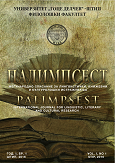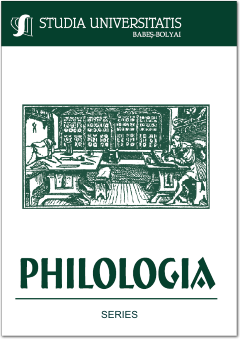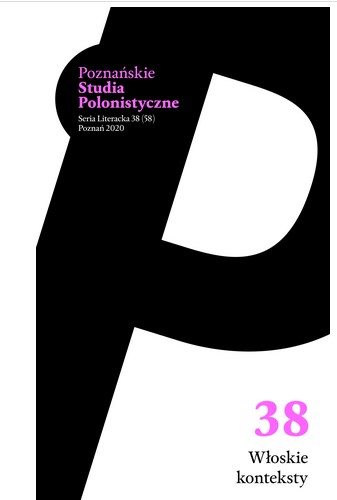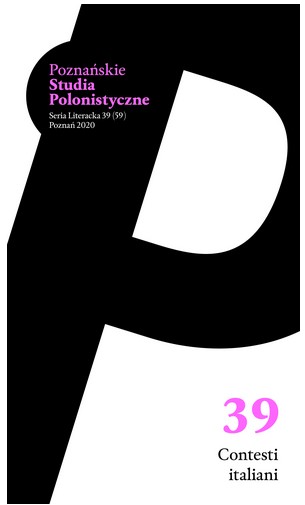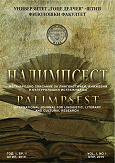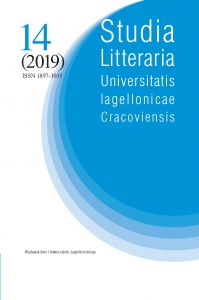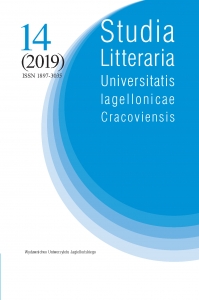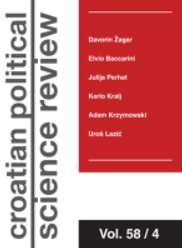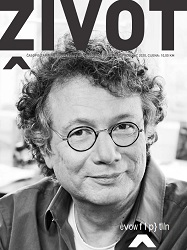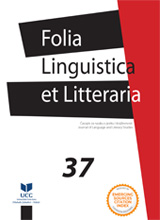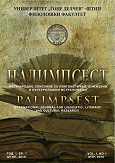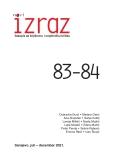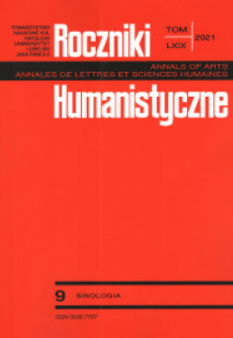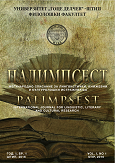
ELIO VITTORINI E CESARE PAVESE: FUGA E RITORNO ALLA TERRA MADRE E ALL’INFANZIA TRA REALTÀ E ASTRAZIONE SIMBOLICA
The essay aims to investigate the theme of escape and return to the motherland in Elio Vittorini compared with the carefree innocence of childhood in Cesare Pavese. Central figures in Italian literature of the first half of the twentieth century, to both authors, the land of origin and childhood lost and regretted, become emblems of escapism in “space” and “time” from an alienating reality and only apparently accepted. In Vittorini the nostos returning to his island, rises to the paradigm of an offended humanity, of the pain of the world, mythical space, timeless, primordial land, immersed in a fantastic aura, pervaded by the poignant desire to “return” to an innocent place, away from the existential anguish and ugliness of history. The chronotope of childhood and the “mother -Earth” returns insisted also in Cesare Pavese opposing the civilization of progress, the industrial reality that Italy was experiencing after the Second World War which made it impossible to return nostalgic to a romantic civilization - decadent, with its atavistic values now at sunset.
More...
